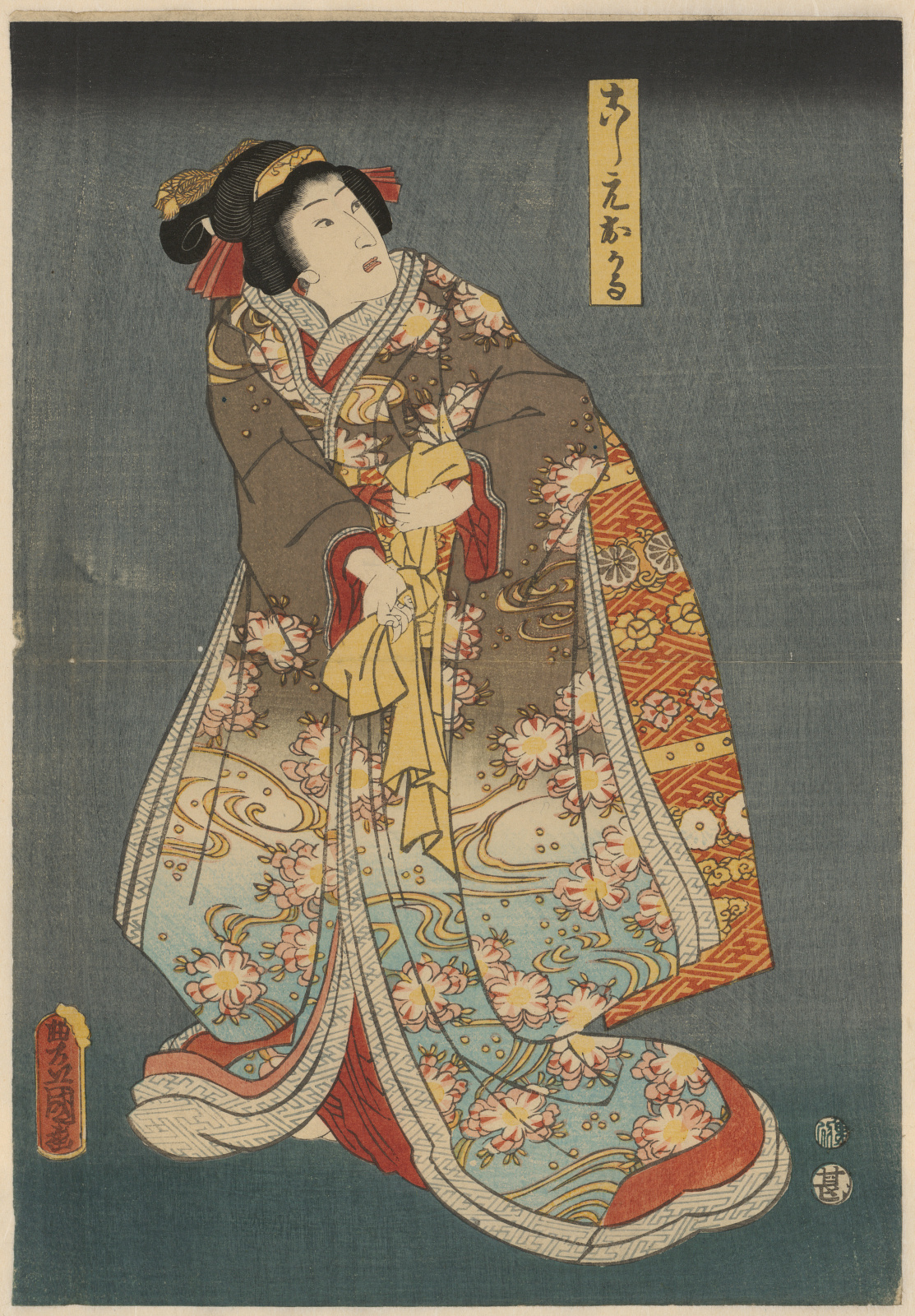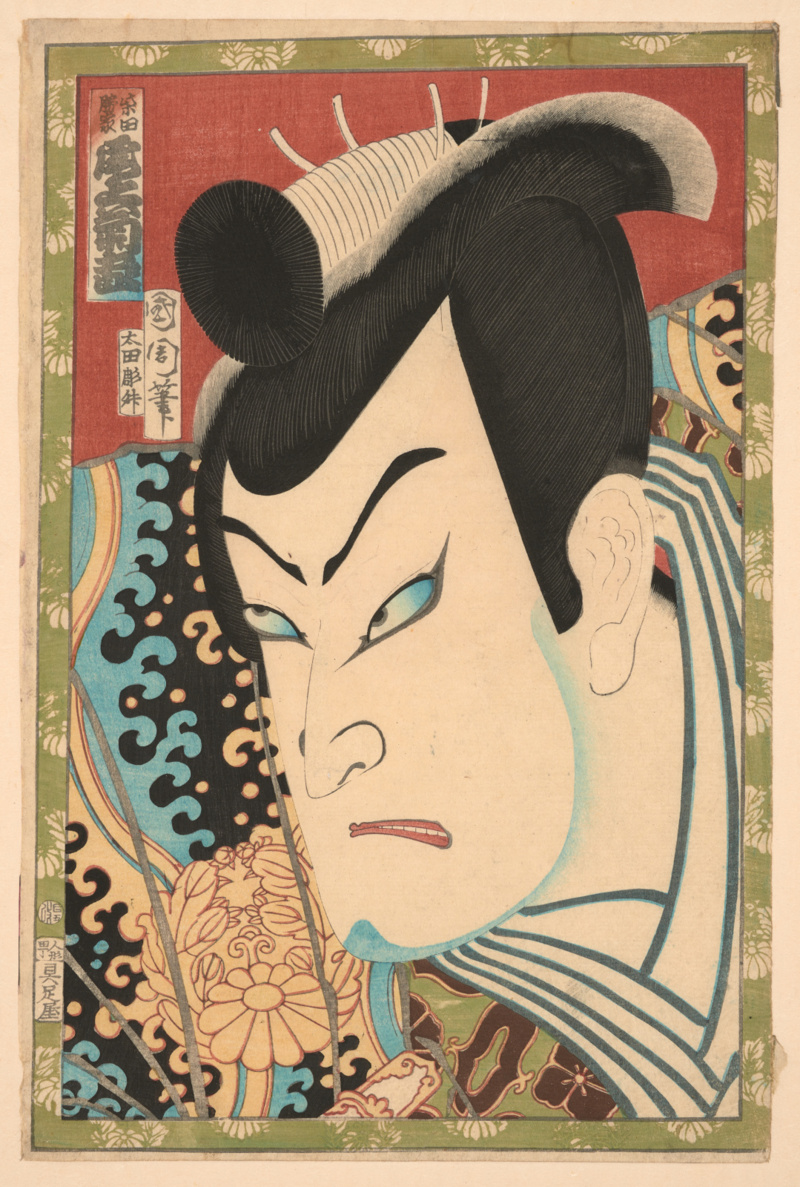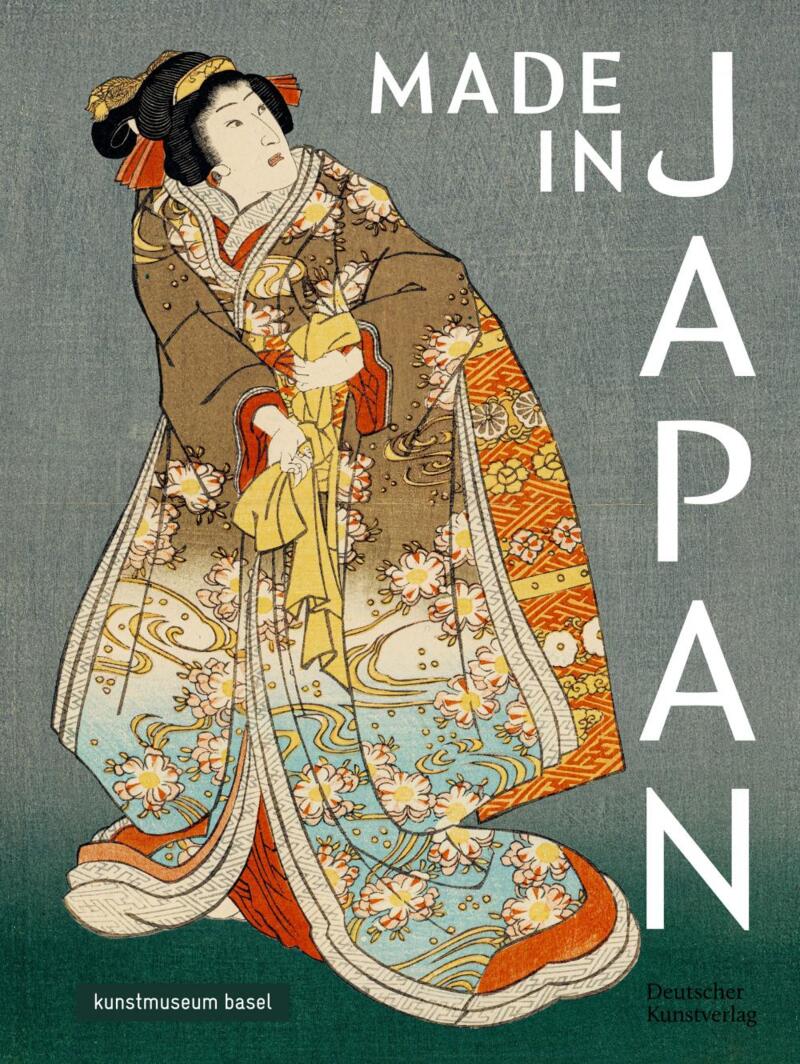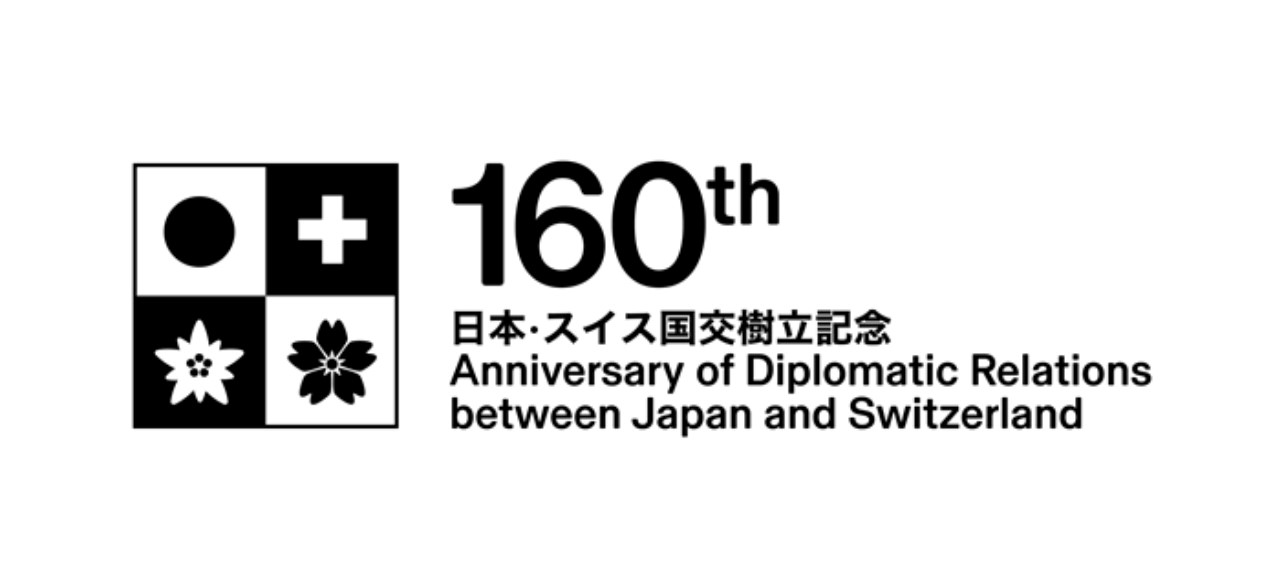Made in Japan
Color Woodblock Prints by Hiroshige, Kunisada and Hokusai
The motifs in Japanese colored woodcuts have long-since formed part of popular and consumer culture: Views of Mount Fuji, impressions of the Cherry Blossom Festival and portraits of fabled warriors belong to our pictorial world. They shape our ideas of Japan. This artistic movement has been a source of fascination for the past 200 years, a fascination shared by Dr. Carl Mettler (1877–1942). The Basel based chemist amassed an elaborate collection of these woodcuts virtually in secret. Indebted in no small degree to Mettler, the Kupferstichkabinett is home to some 350 original works from this unique collection. Several among the prints, formerly produced in high-volume editions, are now only to be found in a handful of copies worldwide and—unknown to the public until now—in Basel.
The exhibition displays a cross-section of works dating from the eighteenth and nineteenth centuries, the golden age of Japanese woodblock printing, of whom Katsushika Hokusai (1760–1849) is most probably the best-known representative. The works of Utagawa Hiroshige (1797–1858) similarly contributed to the medium's widespread popularity within Europe. The most prolific and succsesful among these artists during his lifetime was Utagawa Kunisada (1786–1865). Far less known in our part of the world are artists of the likes of Tōshūsai Sharaku and Utagawa Kuniyoshi (1798–1861), who, along with Kunisada, produced expressive images of actors and such other idealised figures. Reminiscent of graphic novels, the protagonists of these action-packed heroic tales are also on display to be marvelled at. Along with Views of Edo, Mettler’s cosmos also included Hiroshige’s most iconic series 53 Stations of the Tōkaidō: These depict the seasonal transitions in Edo (present-day Tokyo) and along the Tōkaidō highway that links the seat of government, Edo, with the imperial capital, Kyōto.
Made in Japan at the Kunstmuseum Basel, offers visitors the opportunity to rediscover an otherwise familiar art form. As on your journey to the Land of the Rising Sun, you will encounter an outstanding collection of Japanese woodcuts.




